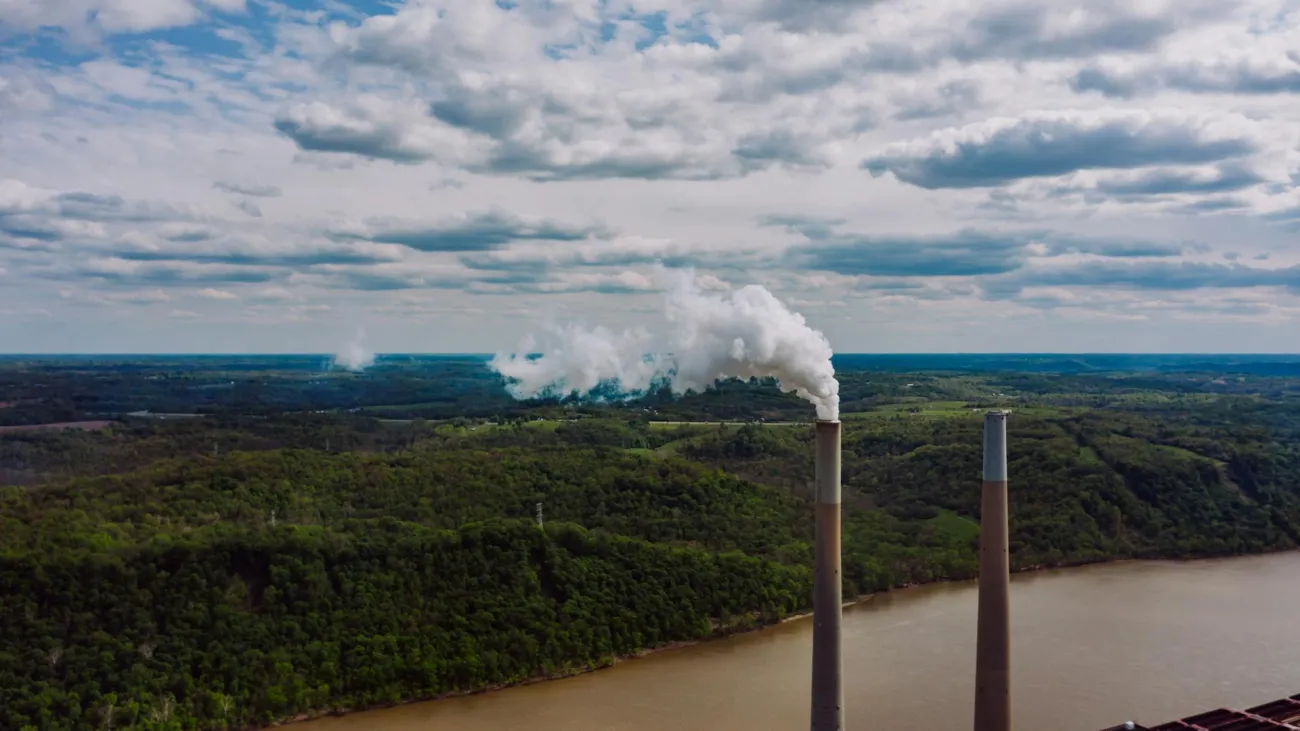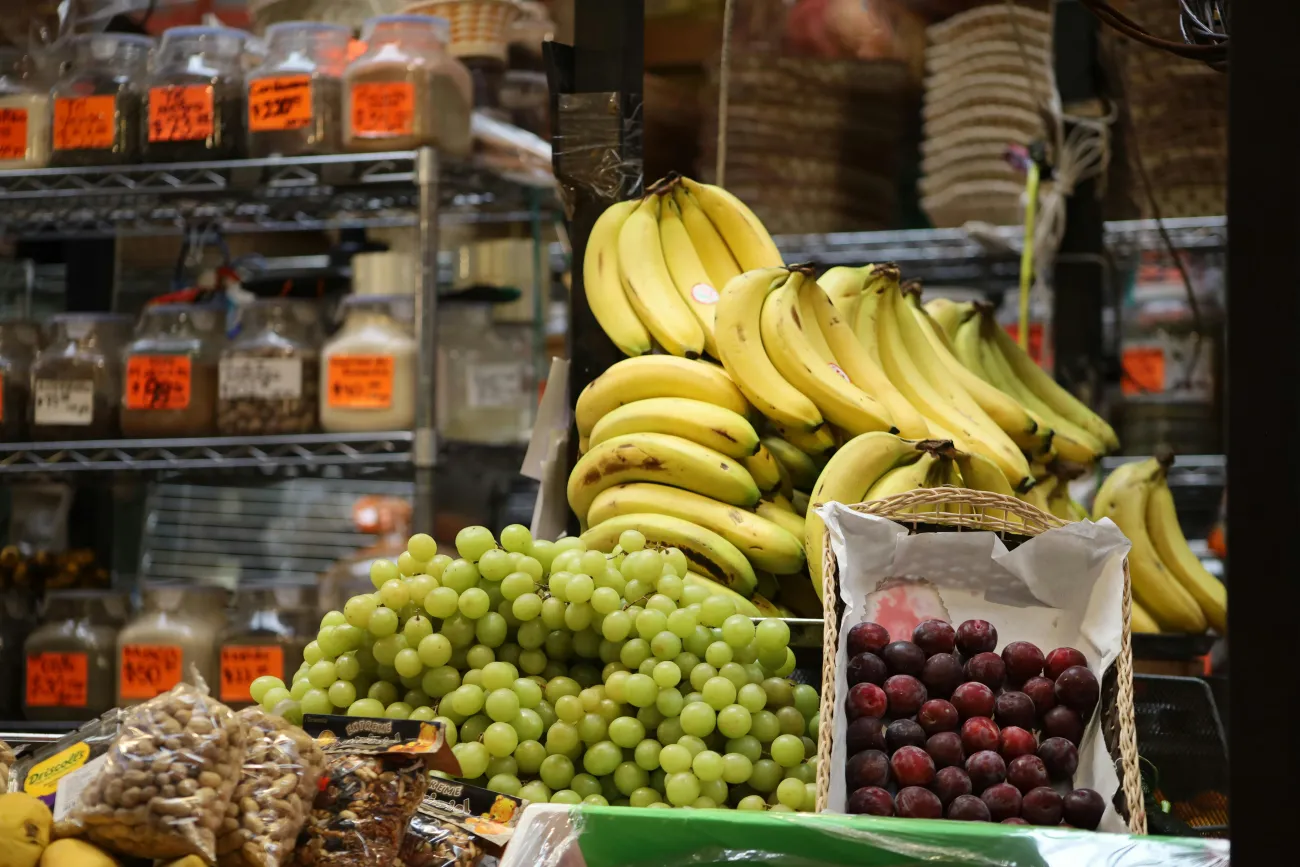This paper considers uncertainties in estimating global N2O emissions from agriculture and in projecting future emissions. As regards mitigation, it highlights the potential achievable through dietary change (away from meat and dairy consumption), and of food waste reductions.
Reference, abstract and conclusions as follows:
Reay D S, Davidson K A, Smith K A, Smith P, Melillo J M, Dentener F and Crutzen P J (2012). Global agriculture and nitrous oxide emissions, Nature Climate Change
Abstract
Nitrous oxide (N2O) is an important anthropogenic greenhouse gas and agriculture represents its largest source. It is at the heart of debates over the efficacy of biofuels, the climate-forcing impact of population growth, and the extent to which mitigation of non-CO2 emissions can help avoid dangerous climate change. Here we examine some of the major debates surrounding estimation of agricultural N2O sources, and the challenges of projecting and mitigating emissions in coming decades. We find that current flux estimates - using either top-down or bottom-up methods - are reasonably consistent at the global scale, but that a dearth of direct measurements in some areas makes national and sub-national estimates highly uncertain. We also highlight key uncertainties in projected emissions and demonstrate the potential for dietary choice and supply-chain mitigation.
Conclusions
In this Review we have examined agriculture’s current and potential future role in global N2O emissions. We find that recent estimates of agricultural N2O emissions using top-down and bottom-up methodologies are in reasonable agreement at the global scale, with consideration of N2O emissions arising from recycled nitrogen (such as manure nitrogen) being important in the convergence of these estimates. An on-going challenge in estimating national and sub-national fluxes is the limited geographical spread of measurements, whereas for projecting future fluxes robust modelling of human population and diet is vital. Direct measurements of N2O emissions from fast-expanding food-production sectors, such as aquaculture, are also urgently required if global projections of food-related emissions are to be improved.
For mitigation, improving nitrogen use efficiency in agricultural production remains a key strategy by which increased food demand in the future can be met without a commensurate increase in N2O emissions. However, we suggest that very significant emissions reductions may also be achieved by better addressing dietary choice and food wastage. Relatively high per capita meat intake and consumer-phase food wastage in the developed world indicates such interventions may be especially effective in some of the richer nations.
Future studies should explore the drivers of national-scale dietary change and food wastage in more depth. Such work may then help identify interventions that would reduce average dietary N2O emissions intensity and highlight points in the supply chain where the most effective waste reductions can be made.
You can download the paper here (subscription access only).
The paper was covered in Science Daily here.




Comments (0)